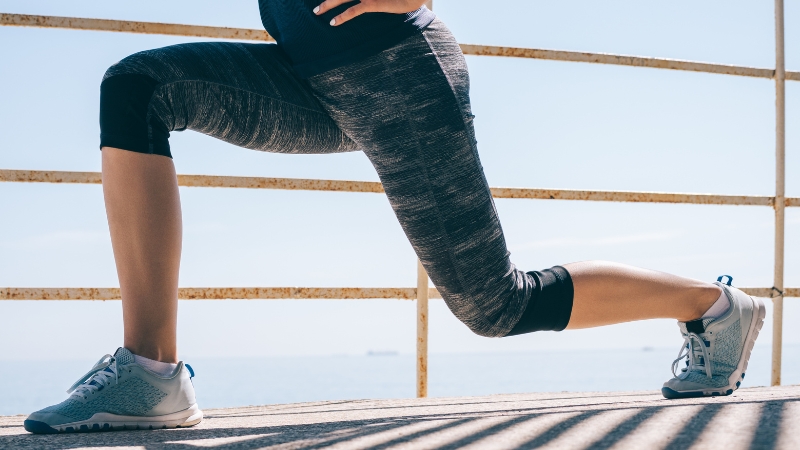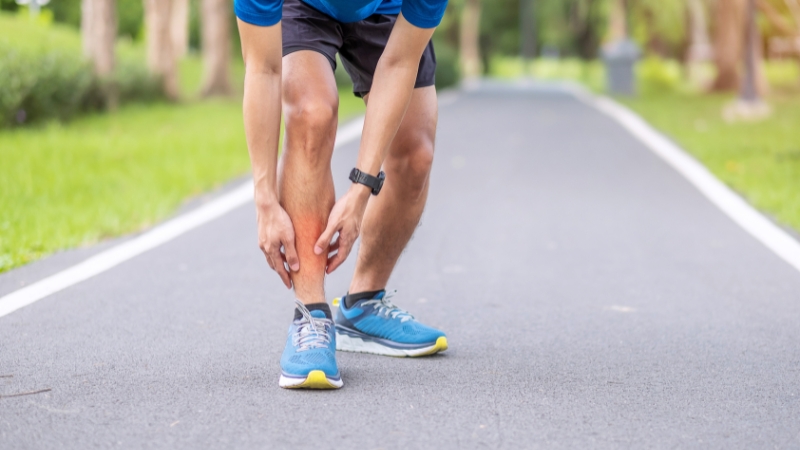
Share Post:
If you have a dull or sharp pain along your shin when you run, walk, or jump, you likely have shin splints. The concrete truth is that ignoring shin splints will not make them go away.
They often start as mild discomfort but can turn into stress fractures or chronic compartment syndrome if left untreated, forcing you to stop training for months and potentially leading to long-term issues.
The best way to treat shin splints before they turn into a serious injury is to reduce impact, manage inflammation, improve your biomechanics, and address the training errors that caused them in the first place.
Using a combination of rest, cross-training, proper footwear, strengthening exercises, and gradual return to load allows your tibia and surrounding muscles to heal while you maintain fitness.
Studies show that runners who address shin splints early with load management and strength training can return to pain-free running within weeks, while those who ignore the pain risk progression to tibial stress fractures, which require six to twelve weeks off impact activities for recovery.
Taking shin splints seriously from the start protects your long-term training goals and prevents disruption to your progress.
Table of Contents
ToggleWhy They Happen
Shin splints, medically called medial tibial stress syndrome, involve inflammation of the muscles, tendons, and bone tissue around your tibia. You will typically feel pain along the inside edge of your shin, which worsens during or after running or jumping activities.
They occur because the muscles that attach to the tibia become overworked from repetitive impact and inadequate recovery. This overuse creates microdamage in the bone and surrounding tissue.
If the cycle continues without intervention, the stress on the bone can exceed its ability to repair, leading to a stress fracture.
Key causes of shin splints include:
- Rapid increase in mileage or intensity
- Running on hard surfaces like concrete
- Worn-out or inappropriate shoes
- Poor running form with heavy heel striking
- Weak hip stabilizers lead to poor shock absorption
- Tight calves and limited ankle mobility
Addressing these causes is critical for both treatment and prevention.
Risk Factors for Shin Splints
Risk Factor
How It Contributes
Sudden mileage increase
Increases load on the shin muscles and bone without adaptation
Hard surfaces
Higher ground reaction forces stress the tibia
Worn-out shoes
Reduce shock absorption and increase impact
Poor running form
Increases repetitive stress on the shin structures
Weak hips and core
Poor stability increases lower leg strain
Tight calves
Limits shock absorption, increasing tibial stress
Managing Pain While Staying Safe
When shin pain begins, immediate management reduces progression and speeds recovery.
Reduce High-Impact Activity
Limit or stop running, jumping, or high-impact workouts that cause pain. Switch to low-impact activities like swimming, cycling, or pool running to maintain cardiovascular fitness while reducing tibial stress.
Apply Ice and Use Compression
@jeffscottconditioning Ice massage treatment for shin splints #shinsplints #injuryrecovery #icetreatment #personaltrainer #fitnesstips #fyp ♬ Life Goes On – Oliver Tree
Ice helps reduce inflammation, while compression sleeves can support circulation and reduce soreness. A study in the Journal of Sports Rehabilitation noted that compression can lower perceived muscle soreness during recovery.
Seek Professional Guidance When Needed
While most shin splints resolve with self-care and load management, severe or persistent pain may require medical evaluation. In some cases, misdiagnosis or delayed treatment can lead to complications.
For those facing complications due to misdiagnosis or inadequate care, seeking legal guidance may become necessary, particularly if negligence is suspected during treatment.
Step One: Manage Pain and Inflammation
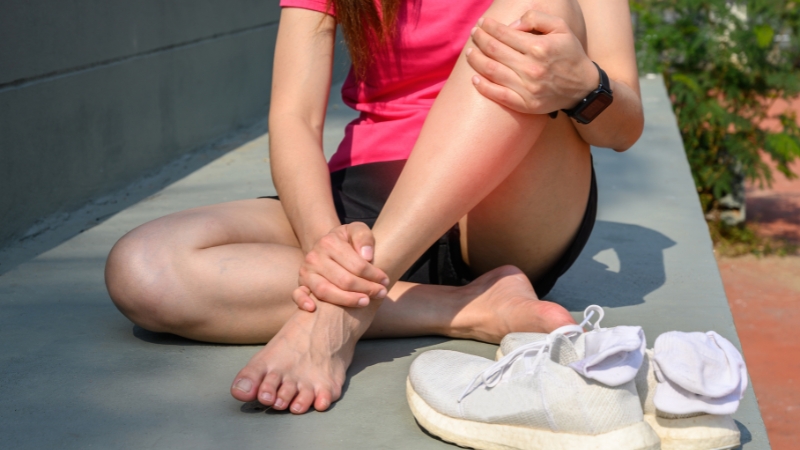
Reduce High-Impact Activity
Limit or stop running, jumping, or high-impact workouts that cause pain. Switch to low-impact activities like swimming, cycling, or pool running to maintain cardiovascular fitness while reducing tibial stress.
Apply Ice
Ice reduces inflammation and provides pain relief. Apply ice packs for 15 to 20 minutes three to four times per day, especially after activity.
Use Compression
Compression sleeves may help reduce pain by supporting the lower leg and improving circulation. A study in the Journal of Sports Rehabilitation found that compression can reduce perceived soreness in athletes with shin pain.
Step Two: Address Biomechanics and Footwear
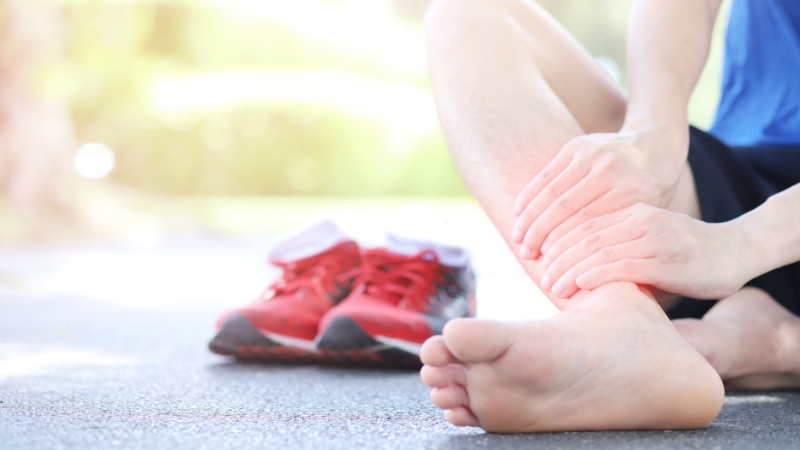
Check Your Shoes
Running shoes should provide adequate cushioning and match your foot type. Replace shoes every 300 to 500 miles. If you have flat feet or overpronate, consider shoes with stability features or custom orthotics after consulting a professional.
Assess Your Running Form
Heavy heel striking, overstriding, or poor posture can increase shin stress. Consider a gait analysis with a physiotherapist or running coach. Simple adjustments like increasing cadence to 170 to 180 steps per minute can reduce impact on the shins.
Footwear Checklist for Shin Splint Recovery
Factor
Action
Shoe age
Replace if over 300 to 500 miles
Cushioning
Ensure adequate shock absorption
Fit
Check for proper size and width
Stability needs
Use stability shoes if overpronation is present
Gait analysis
Seek professional assessment for form correction
Step Three: Strengthening and Flexibility

Strengthen Hip and Core Muscles
Weak hip abductors and core muscles reduce your body’s ability to absorb impact, pushing stress to your lower legs. Exercises such as clamshells, hip bridges, and planks can build stability.
Strengthen Lower Leg Muscles
Exercises like toe raises, heel drops, and resistance band ankle work strengthen your calves and tibialis anterior, improving shock absorption.
Improve Flexibility
Tight calves limit ankle mobility, increasing stress on the shins. Stretch your calves daily with standing calf stretches and foam rolling to improve flexibility.
Sample Strength and Flexibility Routine
Exercise
Purpose
Clamshells
Strengthen hip stabilizers
Hip bridges
Build glute strength for stability
Planks
Improve core stability
Toe raises
Strengthen the tibialis anterior
Heel drops
Build calf strength and control
Calf stretches
Improve flexibility and shock absorption
Foam rolling calves
Release muscle tightness
Step Four: Gradual Return to Running
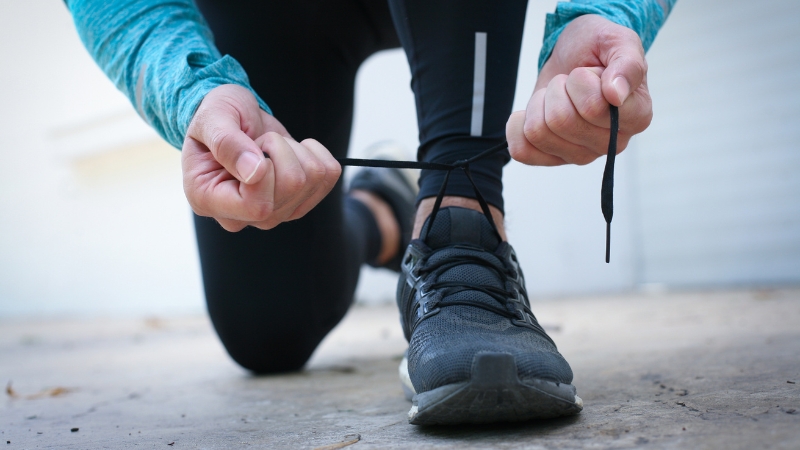
Follow a Walk-Run Program
Start with walking pain-free for 30 minutes before attempting to run. Then use a walk-run program, starting with 1 minute of running followed by 2 minutes of walking, repeated for 20 to 30 minutes.
Increase Mileage Slowly
Increase your weekly running volume by no more than 10 percent per week. Avoid consecutive hard days, and include rest or cross-training days to allow recovery.
Monitor Pain
Some mild discomfort at the start of runs can be acceptable, but pain that worsens during or after running indicates you need more recovery.
What Happens if You Ignore Shin Splints
Ignoring shin splints increases the risk of stress fractures, which require six to twelve weeks off running and often lead to significant fitness loss and frustration.
According to a study in Sports Medicine, untreated shin splints can lead to chronic conditions requiring more intensive rehabilitation.
Early action reduces recovery time and prevents these serious setbacks.
Conclusion
The best way to treat shin splints before they turn into a serious injury is to reduce impact, manage inflammation, correct biomechanical issues, and strengthen your body to handle load better.
By using ice, reducing high-impact activities, adjusting footwear, improving form, and adding strength training, you can manage shin splints while staying active and protecting your long-term goals.
Address shin pain early. Take small steps now so you can keep moving tomorrow without risking months off due to preventable injury.
Related Posts:
- How to Recognize and Treat Dehydration During a Workout
- 10 Best Ways to Soothe Tired Legs After a Tough Workout
- What Are Myo Reps and How Do They Work?
- How I Keep My Clients on Track Even When They Are Traveling
- Fitness Meal Prep Mistakes Most People Don't Know…
- Muscle Memory Explained - Turning Practice into…









